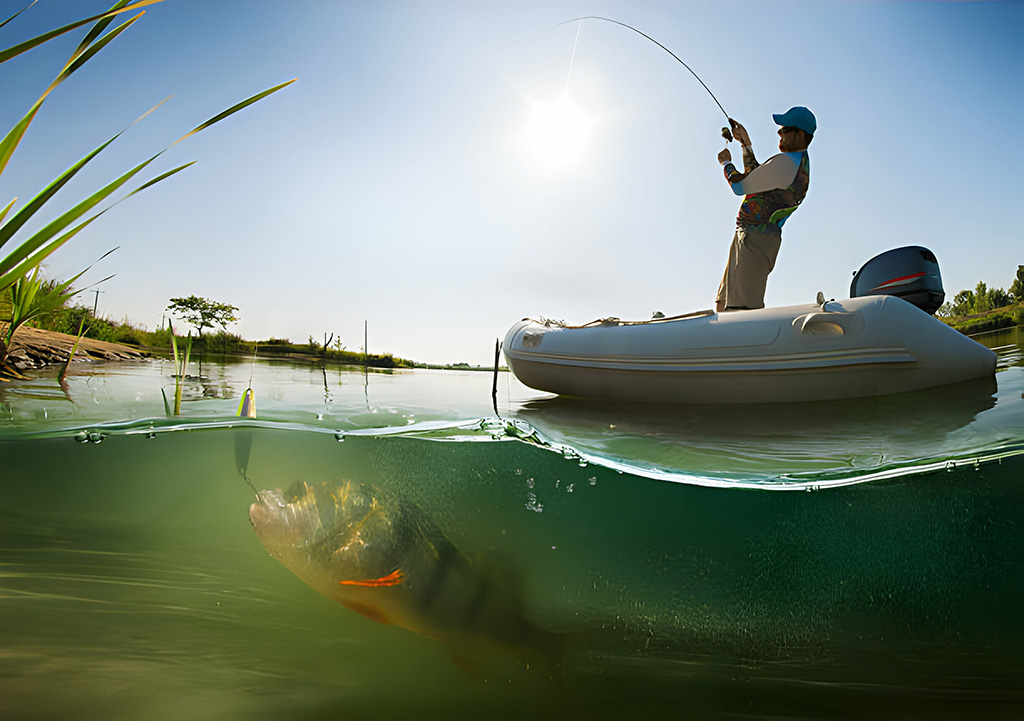
Introduction
Do you love being out on the water, feeling the thrill of reeling in a big catch? If so, cast and retrieve fishing might be the perfect technique for you. This method involves casting your lure out and then retrieving it by reeling it in, mimicking the movements of a swimming fish. In this blog post, we’ll explore the basics of cast and retrieve fishing and give you step-by-step instructions on how to master this technique. So grab your fishing rod and let’s dive in!
Understanding Cast and Retrieve Fishing
Before we dive into the steps of cast and retrieve fishing, let’s first understand why it is such an effective technique. When you cast your lure out, you are presenting it to the fish in a way that mimics natural prey. Fish are naturally attracted to movement and the vibrations created by a swimming fish. By retrieving your lure, you are creating the illusion of a prey fish, enticing the fish to bite.
Furthermore, cast and retrieve fishing allows you to cover a large area of water quickly. Instead of waiting for the fish to come to you, you are actively searching for them. This technique is particularly effective when fishing in areas with structure or cover, such as rocks, weed beds, or submerged trees. These areas provide shelter for fish and are often where they are found feeding.
Now that we understand the basics of cast and retrieve fishing, let’s move on to the steps involved in mastering this technique.
Steps for Cast and Retrieve Fishing
Step 1: Cast your lure to your target – remember fish love structure or cover.
When casting your lure, aim for areas with structure or cover. These are the places where fish are likely to be hiding and feeding. Rocks, weed beds, and submerged trees are all excellent targets. Make sure to cast your lure past the target and reel it in towards the structure to entice a bite.
Step 2: Let the lure fall to your desired depth.
After casting, allow your lure to sink to your desired depth. The depth at which you choose to fish will depend on the species you are targeting and the conditions of the water. Pay attention to the behavior of the fish and adjust your depth accordingly.
Step 3: Retrieve the lure by reeling in, using your line to pull the lure to mimic a swimming fish. You may wish to vary the speed of your retrieve to find a speed that entices a bite.
Once your lure has reached the desired depth, it’s time to start retrieving it. Start reeling in, using your line to pull the lure back towards you. Mimic the movements of a swimming fish by varying the speed of your retrieve. Sometimes a slow and steady retrieve is effective, while other times a fast and erratic retrieve can trigger a bite. Experiment with different speeds to find what works best for you.
Step 4: Wait a couple of seconds, then cast again.
After each retrieve, give the fish a moment to react. Sometimes they will follow your lure and strike at the last moment. If you don’t get a bite, wait a couple of seconds before casting again. This gives the fish a chance to regroup and potentially strike on the next cast.
Step 5: Repeat the retrieval.
Continue casting and retrieving, covering as much water as possible. Be patient and persistent, as it may take time to locate the fish. By repeating the retrieval process, you increase your chances of attracting a bite and landing that prized catch.
Conclusion
Cast and retrieve fishing is a versatile and effective technique for targeting a wide range of fish species. By understanding the basics of this technique and following the steps outlined in this blog post, you can increase your chances of success on your next fishing trip. So grab your fishing gear, head out to your favorite fishing spot, and try your hand at cast and retrieve fishing. You never know what you might reel in!


